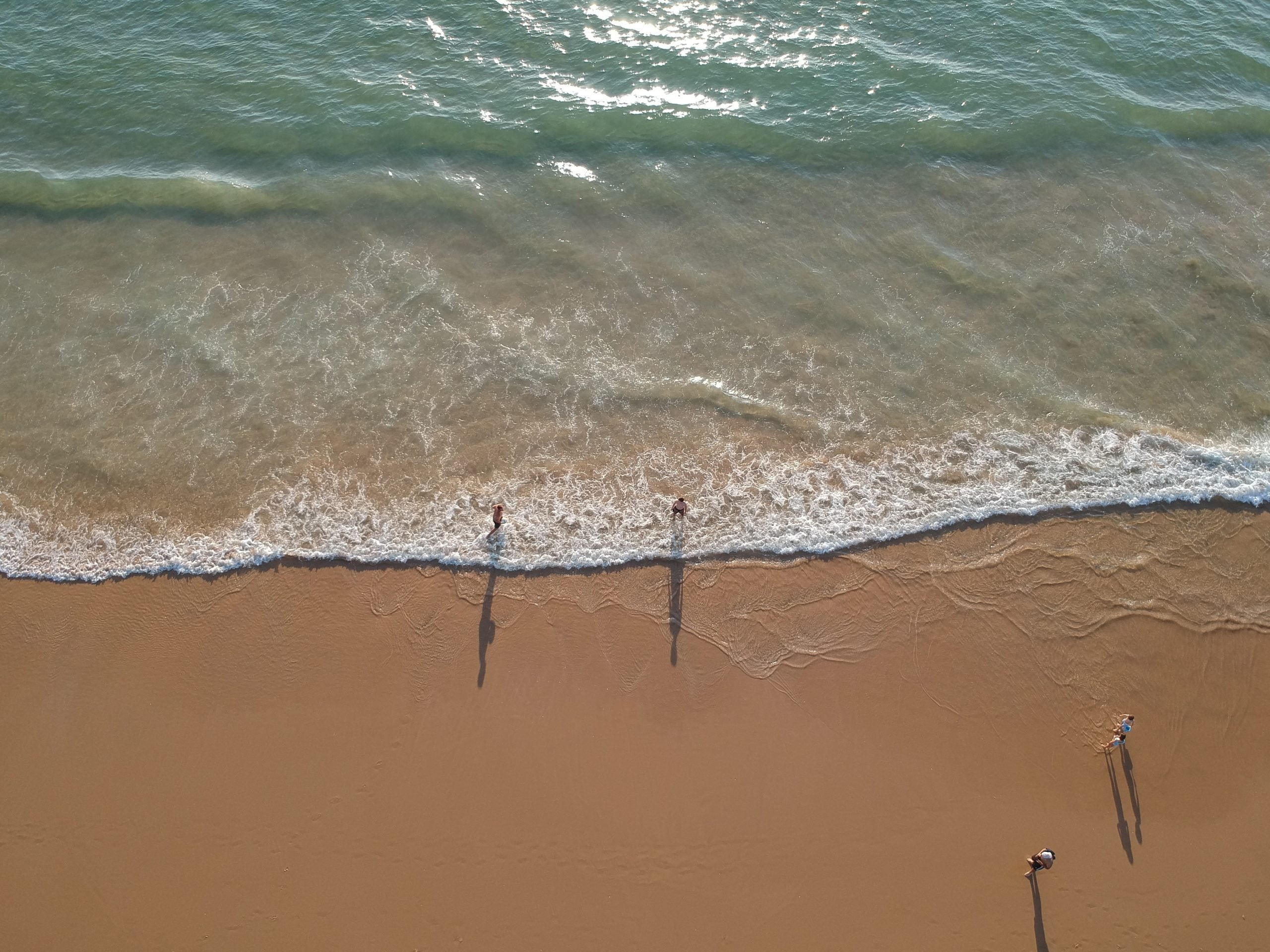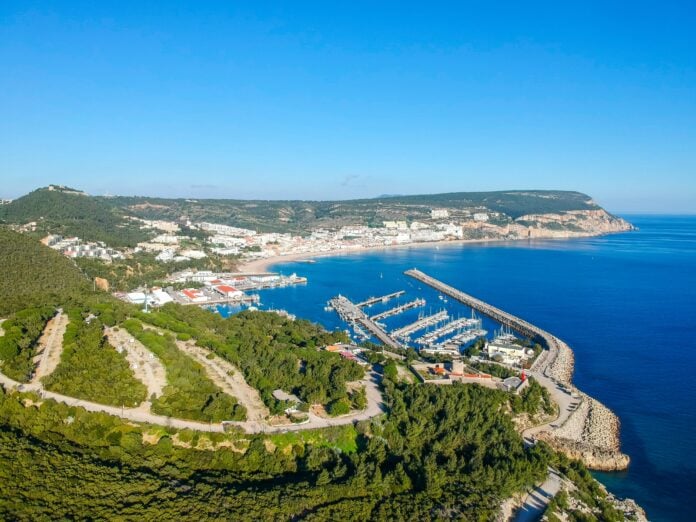When people hear about Setúbal, they instantly think of the beautiful Setúbal city and its charming historical center and famous beaches. The city, however, is only the capital of the district with the same name, which encompasses 13 municipalities, each with its own historical and touristic treasures.
As such, if you want to get away from the crowded capital and discover some hidden gems in Portugal’s Setúbal district, you’re in the right place! We’ve prepared a comprehensive list of landmarks to visit in some of the most beautiful cities in the region.
Keep reading to learn about 13 places to visit in the district Setúbal. We’re sure you’ll add some of them to your must-see list!
13 Places to Visit in the District of Setúbal
Before diving into details about some of our favorite places in Setúbal district, we must admit that we couldn’t fit them all in this article! We’re sure you’ll stumble upon other landmarks or viewpoints that will make your trip even more memorable.
No matter what and how many places mentioned below you’ll choose to visit, prepare yourself for a much more insightful journey!
1. Mercado do Livramento
Is there a better place to start our journey than Setúbal, the district capital?! The city is, in itself, a gem, and you’ll undoubtedly enjoy the city center, the surrounding beaches, and the community vibe. However, we decided to choose one place that shouldn’t be missing from your list – Mercado do Livramento.
The market has stood for a century and a half, providing locals with fresh food and tourists with an enriching historical and cultural experience.
Since fish dishes are at the heart of Portuguese cuisine, the market is a treasure in this regard! Even if you don’t plan to buy any fish, you’ll be amazed at how many (huge!) fish species you’ll see! In fact, Mercado do Livramento was recognized by USA Today as one of the world’s best fish markets.
However, the fish is only part of the reason why we recommend visiting the market. Its true beauty stands in the walls covered with more than 5000 azulejo tiles installed almost a century ago. They depict the agricultural and fishing activities of the region and are the subject of fascination for thousands of tourists.
2. Fort of São Filipe de Setúbal
Dating back to the 14th century, the Fort of São Filipe de Setúbal is one of the city’s main tourist attractions. The fort has a rich history that takes you back in time, as well as breathtaking viewpoints that overlook the city and the Sado estuary.
One of the most popular spots is the baroque chapel, which is almost completely covered in azulejo tiles that depict the life of Philip the Apostle. The fort’s structures are thought to have been inspired by the medieval Castle Sant’Elmo in Naples.
If you feel like taking a break, sit for a drink at Cafeteria Forte de São Filipe and enjoy it with the spectacular panoramic view!
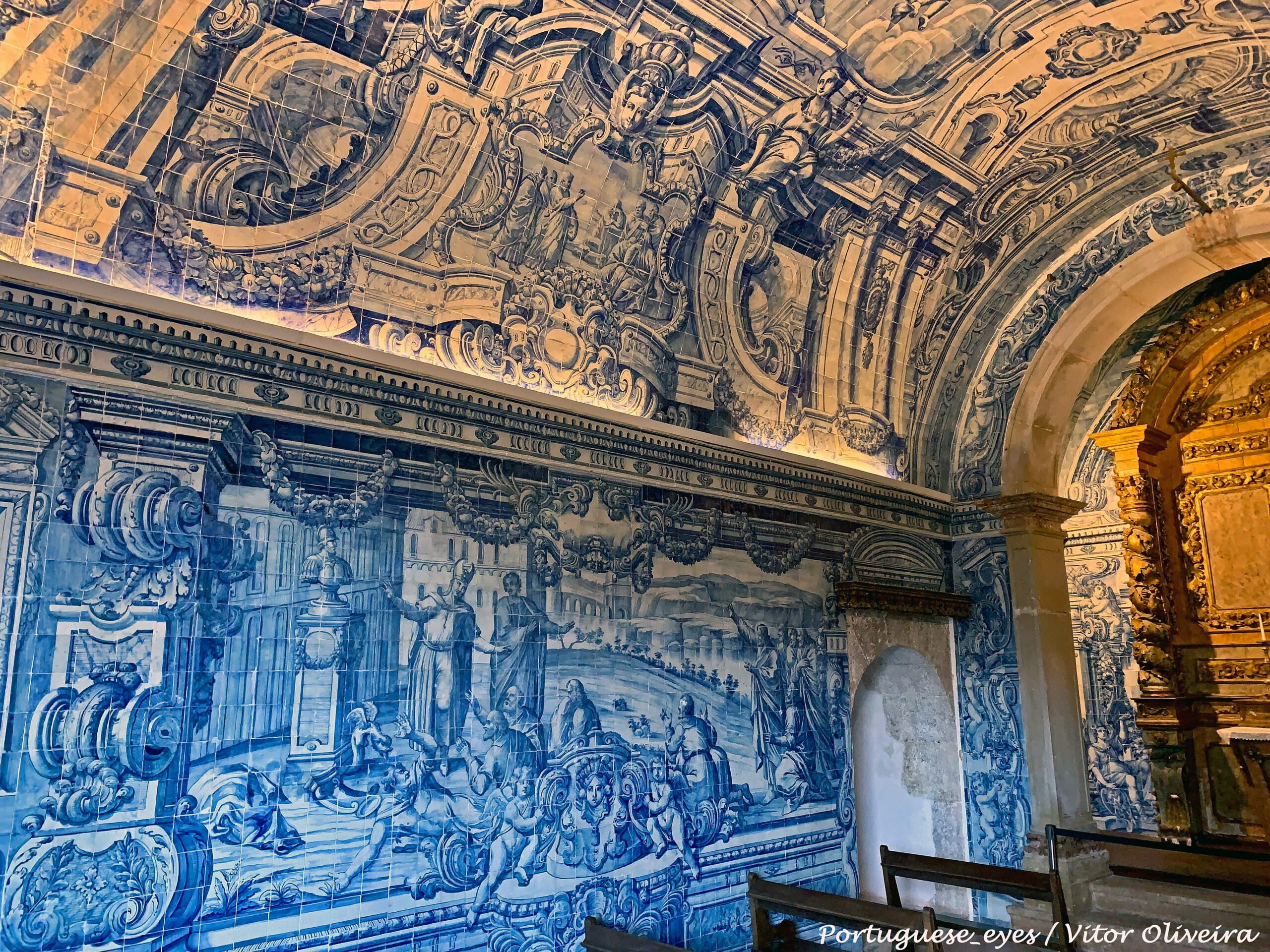
3. Tróia Peninsula
While you’re in Setúbal, don’t miss out on visiting Tróia Peninsula if you want to enjoy a few less crowded beaches. However, we recommend doing this during the summer or, at least, when the weather is pleasant and the wind is not too strong.
You can reach Tróia by taking the ferry from Setúbal. It takes only around 15 minutes, so it’s definitely worth the journey. You’ll arrive at Marina de Tróia, where visitors can brighten their days by delighting in spectacular sunset views!
Once you arrive, you’ll have to get to the stilted walkways that connect the beaches. The walkways are the embodiment of tranquility and peace, so you’ll be spared of the tiring city busyness.
Did you know that the Tróia Peninsula beach is the longest in Europe, spanning over 65 kilometers? It has very soft and clean sand, and the water is usually crystal clear.
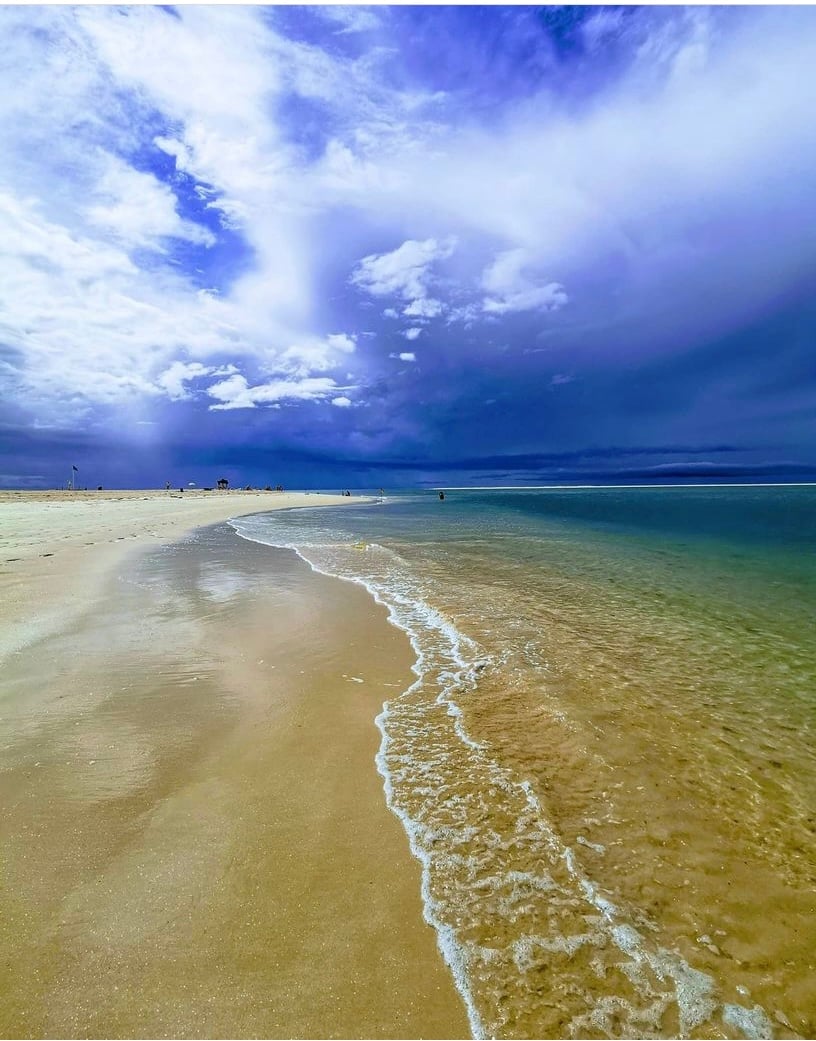
4. Castle of Palmela
The next stop is Palmela, a town close to Setúbal. Its main landmark is the Castle of Palmela, which stands at an altitude of roughly 240 meters above sea level. You’ll have to walk through the city to reach it, but rest assured, you’ll enjoy the walk just as much because the city is quite charming!
The castle is of incredible architectural beauty and historical richness. Besides this, it offers spectacular views and has some exhibitions open to the public. If you’re lucky enough to arrive when there’s a festival, you’ll also enjoy the community vibe.
If you don’t mind crowded places, we recommend visiting Palmela and its castle during the Medieval Festival (usually in September). It is held within the castle territory, making for a truly immersive experience – medieval music, beverages, archery grounds, and even a medieval tournament!!
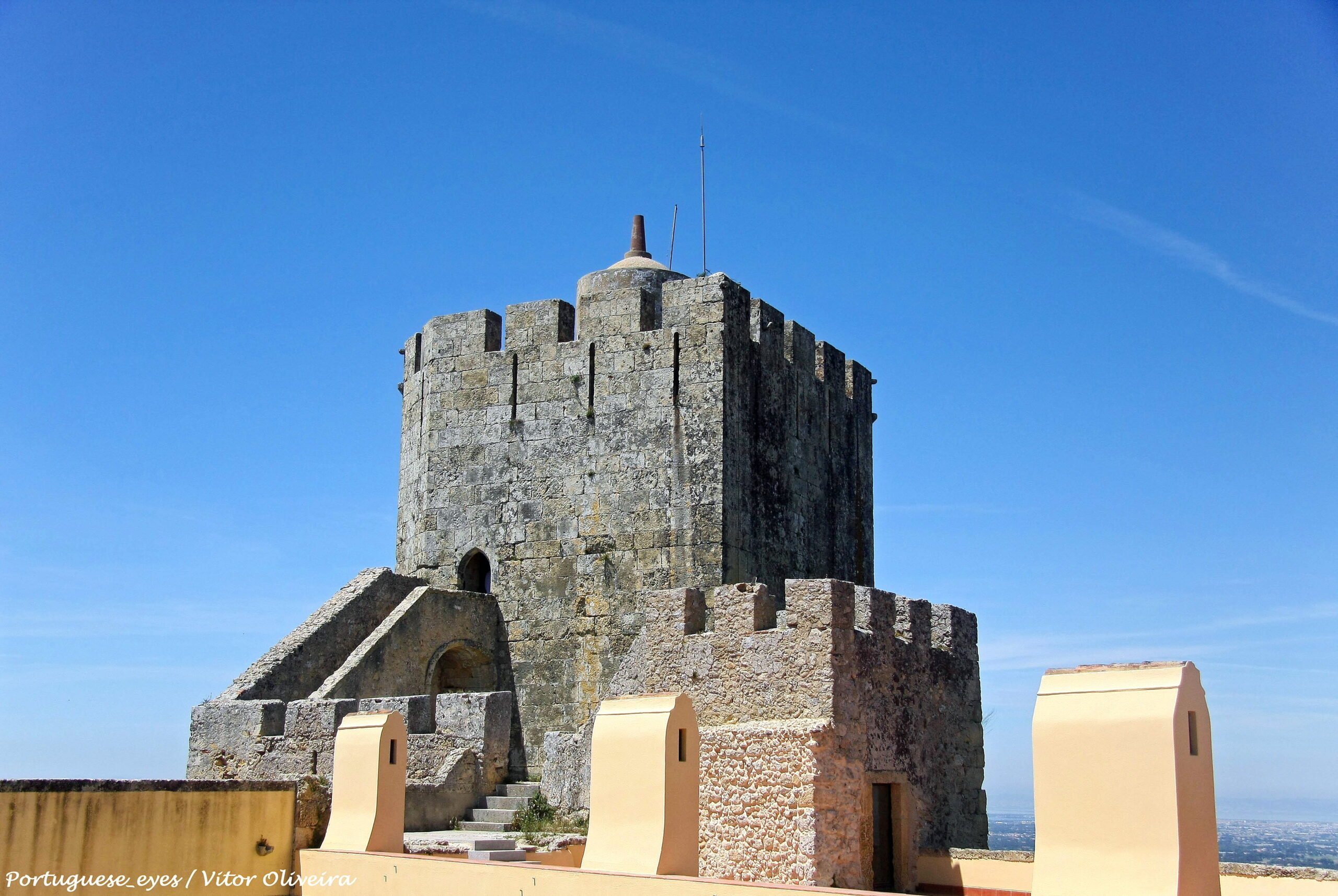
5. Moinhos Vivos
While you’re in Palmela, make sure to check out the Moinhos Vivos (windmills) that will help you immerse in the history and culture of Portugal. The mills have 250 years of history behind them and are surrounded by a pristine natural park that provides stunning natural views.
Additionally, the region has several archaeological sites for anyone passionate about the subject. Visitors can even interact with the region’s donkeys!
No need to worry if your stomach cries for food! You’ll have the best time experiencing the traditional meals available in the area!
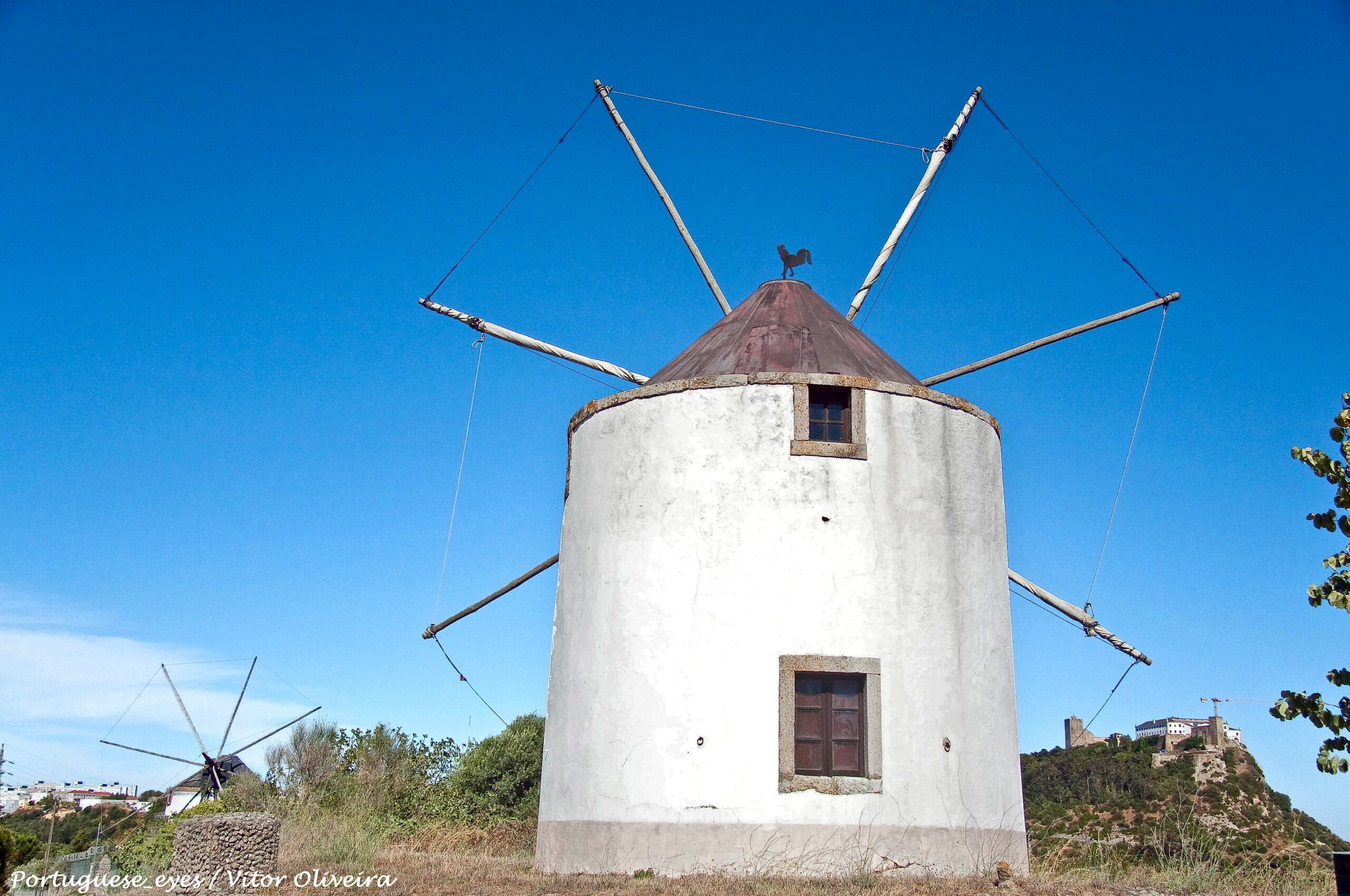
6. Quinta and Palácio da Bacalhôa
Quinta and Palácio da Bacalhôa are a must-visit if you’re in the region. While tracing the roots of the estate’s origins, you’ll travel back in time, arriving in the 15th century.
Today, the estate is considered one of the most beautiful and well-preserved in the country. Back in the 15th century, it belonged to the Prince of Portugal and son of King João I and was subsequently inherited by his daughter.
Over the years, the territory was sold several times. The owners who bought the palace in 1528 enriched it with exquisite tiles, thus adding to its charm.
In 1936, the estate was once again sold, this time to Orlen Scoville. Years later, it was transformed into one of Portugal’s largest and most notable wine producers. Anyone looking for an authentic wine tour pleasantly blended with art and history should not miss out on Quinta da Bacalhôa!
7. Azulejos de Azeitão
Portugal is proud to call itself the mother of azulejo tilework. If you’ve ever visited the country or seen pictures of famous azulejo panels, you’re probably already acquainted with people’s appreciation of this traditional, artisanal art. Rightfully so, considering how intricate the process of creating azulejo is!
Well, at Azulejos de Azeitão, you have the opportunity to follow the steps yourself! The factory is among the most renowned in the region and welcomes thousands of tourists who want to learn more about the famous azulejo tilework.
Visitors benefit from tours that illustrate the process of tile creation. Besides this, they can paint their own tiles, thus experiencing bits of Portuguese traditions and cultures first-hand.
8. Arrábida National Park
Do you plan to spend a day of your trip away from the city reconnecting with nature? If so, consider touring Arrábida National Park. You can start from the city of Setúbal and cross the park by car.
On your way up the mountain, you can stop to enjoy the views provided by the stunning beaches of Figueirinha, Galapinhos, and Portinho da Arrábida. What we like the most about them is that they serve as a meeting point for the ocean and the rocky cliffs, blending perfectly into a breathtaking landscape!
Additionally, the route has multiple viewpoints that oversee the ocean, the city, and the Tróia Peninsula. Besides this, it’s an extensive botanical gem! After you’ve enjoyed the ride, you can use one of the available picnicking spots to delight in a lunch or dinner within the heart of nature.
However, there’s a significant downside to visiting Arrábida National Park. Since the region is a tourist hot spot during the summer, the authorities impose car restrictions from June to September. Therefore, we recommend checking out the regulations before planning your trip.
9. Cabo Espichel
We do not recommend leaving Setúbal district without visiting Cabo Espichel and Santuário de Nossa Senhora do Cabo Espichel!
The cape is close to Sesimbra and features 100-meter-tall cliffs overseeing the immensity of the ocean. Not only is it a major landscape destination, but it also holds significant historical and paleontological value.
Did you know you can see multiple dinosaur footprints there? Some dinosaur fossil trackways are thought to have been deposited during the Jurassic, which means they’re 200-145 million years old! If you do arrive there, ensure to check out the Pereira do Avelino natural monument, which has five tracks and 108 footprints.
Besides this, there are multiple medieval legends associated with the region that give it a mysterious touch.
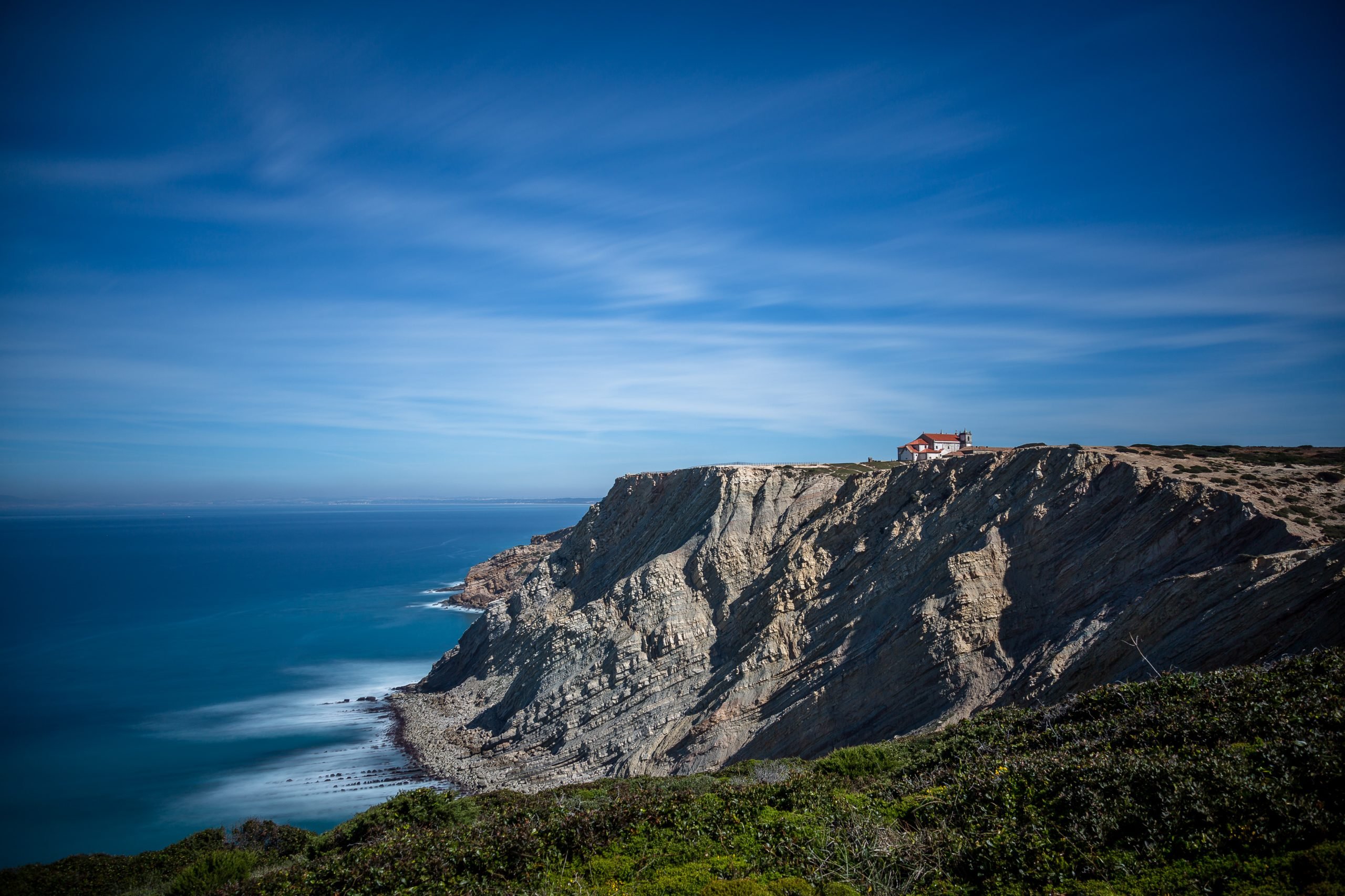
10. The Frigate D. Fernando II E Glória
Visiting a coastal country automatically implies immersing oneself in its coastal culture and history! You can do so by visiting the Frigate D. Fernando II e Glória ship museum.
The frigate was launched in 1843. It stands as Portugal’s last-built sailing warship. In 1963, a fire almost destroyed the frigate, which remained unattended for almost 30 years. In 1990, it was restored to its original appearance. At Expo ‘98, the frigate welcomed almost a million visitors. Its restoration was quickly recognized as one of the best historic ship restorations.
It is now open to the public and contributes significantly to enhancing any visitor’s trip to Portugal! Put yourself in a sailor’s shoes and travel back to 19th-century Portugal!
11. The Sanctuary of Christ the King
You may have seen the Sanctuary of Christ the King from the airplane while it was preparing to land in Lisbon! You may have also spotted it from the 25 de Abril Bridge while crossing the river to get to Setúbal.
The Sanctuary is a Catholic monument dedicated to the Sacred Heart of Jesus and is located in Almada, a city and municipality in the district of Setúbal. The sanctuary’s structure, as you’ll probably notice, is inspired by the famous Christ the Redeemer in Rio de Janeiro.
The monument stands on a clifftop 133 meters above sea level and overlooks Lisbon, Almada, and the Tagus River. The 28-meter image of Christ stands on an 82-meter trapezoidal pedestal. The interior of the monument is open to the public. The base of the sanctuary has a large observation deck that offers a panoramic view of the Tagus River and the iconic 25 de Abril Bridge.
If you decide to go to Almada, make sure to enjoy a ride on the panoramic Elevador da Boca do Vento. It connects the city’s historic center with Jardim do Rio. It has a glass structure and allows for breathtaking views!

12. Castelo de Santiago do Cacém
As you’ve probably noticed, Portugal is a land of castles, and the Castle of Santiago do Cacém is one of the most notable ones.
It stands in the municipality of Santiago do Cacém in the Alentejo region and dates back to the 12th century. It was built by the Moors and has an almost rectangular shape. Although hundreds of years have passed, the original architecture featuring Romanesque and Gothic details is still noticeable.
Close to the castle, you can find Igreja Matriz de Santiago do Cacém, which has a rich history behind it, spanning over 700 years.
13. Costa da Caparica Beaches
What better way to finish your journey through the district of Setúbal if not by spending a day by the ocean? The amazing thing is that visitors can do so even during the winter, as the weather is quite pleasant! You may even spot surfers catching waves in February!
Costa da Caparica is a freguesia located on the western coast of the Setúbal district. Its coastal area has a large beach extending for 30 kilometers. You can have a walk by the beach, take a coffee break, or have dinner by the breathtaking ocean view.
Besides this, the sunset sky is an absolute delight on the beaches in Costa da Caparica!
